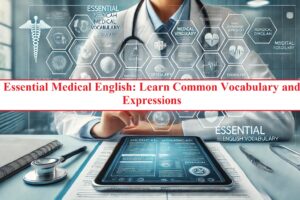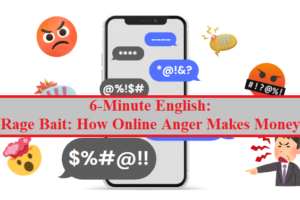آکادمیک رایتینگ 3 (Academic Writing)

آکادمیک رایتینگ
در بخش های اول و دوم آکادمیک رایتینگ به معرفی و توضیح محتوا یا content و ساختار یا organization یک نوشته علمی پرداختیم. در این بخش بر ویژگی سوم آکادمیک رایتینگ تمرکز خواهیم کرد، یعنی زبان یا language.
چطور از زبان بطور دقیق و درخور یک نوشته آکادمیک استفاده کنیم؟
زبان مورد استفاده ما در آکادمیک رایتینگ باید از لحاظ گرامری دقیق باشد. مطالبی که در یک essay بیان میشود اکثرا شامل موضوعات زیر میشود. پس توجه کنید که برای هرکدام از این موضوعات چه زمان فعلی و گرامری صحیح است.
- Talking about facts and activities: We use simple present to talk about permanent facts and regular activities. Exp: In Iran, children attend elementary school from 7 to 11 years old. Exp. 2: Many people get to work by bus and subway.
- Presenting new information: You can use there is and there are to give new information. You can also add more information by the use of relative clauses or a new sentence. Exp: In the UK, there is a small town named Windsor, which has a famous castle.
- Describing situations in general and impersonally: You can use a plural noun without the. Exp: Students make friends easily.
- Describing temporary situations: Contrary to 1, for temporary activities we use present continuous. Exp: Currently, the company is manufacturing more cars than before.
- Writing longer sentences: It’s good to write more complex sentences. You can use compound sentences (joining two sentences by and, or, but, so), a complex sentence (relate two sentences by because, whereas, although…), and relative clauses.
همچنین از زبان رسمی برای نوشتن باید استفاده شود. ویژگی های نوشتار رسمی را از لینک زیر میتوانید بخوانید.



